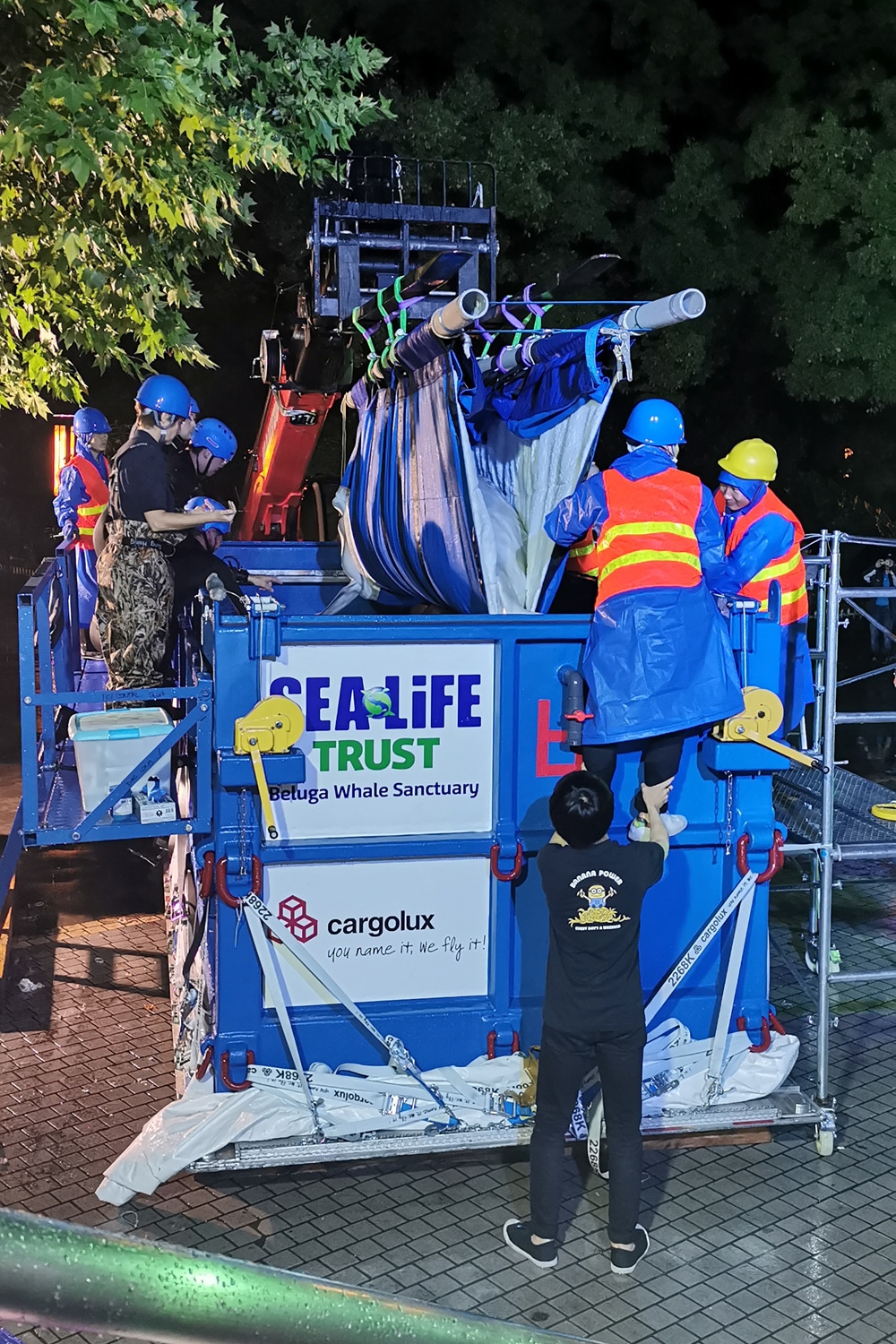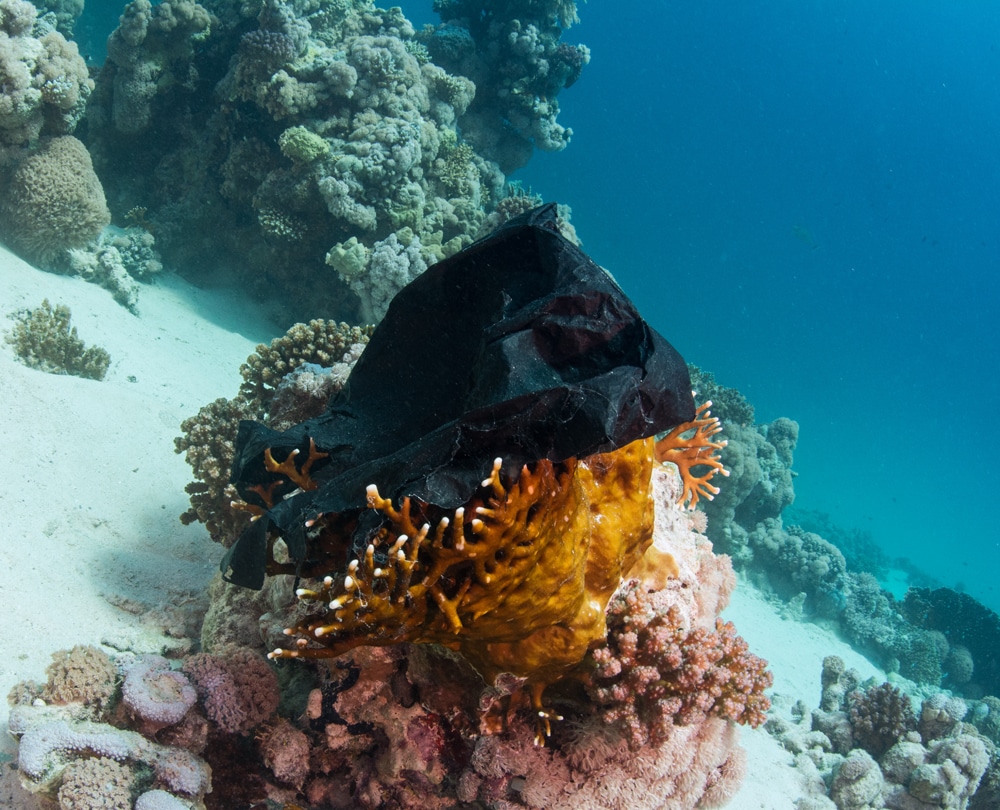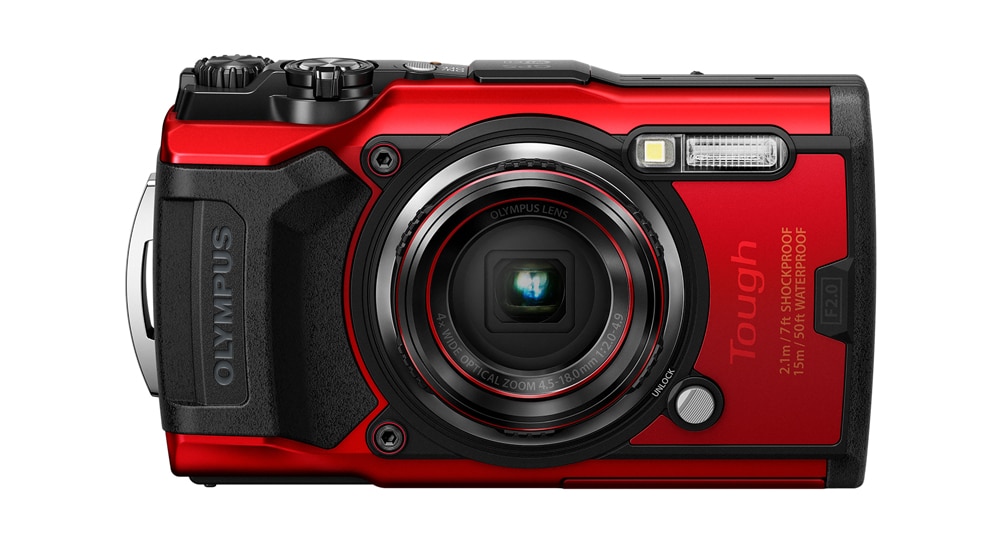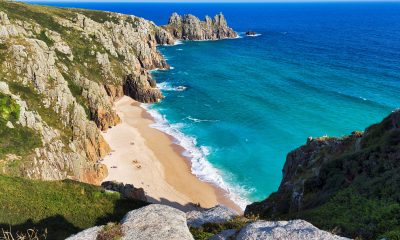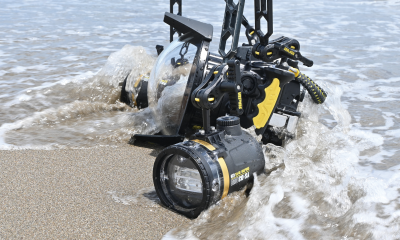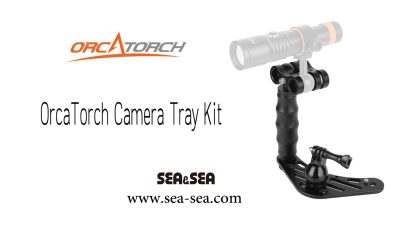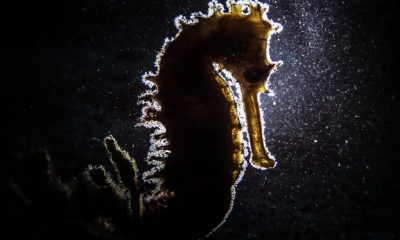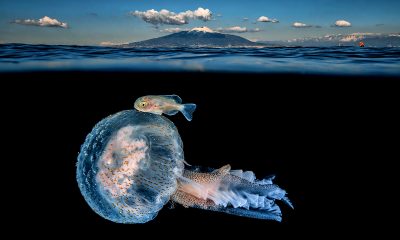News
Olympus announce collaboration with SEA LIFE Trust to launch new TG-6 camera

 With the Tough TG-6, Olympus announces collaboration with SEA LIFE Trust as their official imaging partner.
With the Tough TG-6, Olympus announces collaboration with SEA LIFE Trust as their official imaging partner.
The Tough products are known for their reliability in all weather conditions, underwater use, drop shocks and crushing weights.
To promote underwater photography and family friendly features Olympus visited SEA LIFE Brighton to announce the partnership and some exciting news.
Little Grey and Little White
Sea Life Trust is a global charity dedicated to protecting the world’s oceans and marine life. They own and operate marine animal sanctuaries, run conservation campaigns and fund projects and education programs.
Little Grey and Little White are two beluga whales that embarked on a journey of over 6000 miles from Shanghai to the world’s first beluga whale sanctuary in Iceland this spring.
To document this momentous feat, Olympus wildlife Ambassador, Tesni Ward followed their journey capturing images of the pair to share with the world.
Andy Bool, Head of SEA LIFE Trust, said: “We are delighted that Olympus continues to be our official photographic partner on this groundbreaking project to create the world’s first Beluga whale sanctuary. Capturing such an important and historic moment like this is critical to our charity but also raising global awareness for the wider issue of Cetaceans in captivity. The photos that Tesni Ward (the Olympus Ambassador) has been taking will play a huge part in us sharing Little Grey and Little Whites story to the world. We’d like to thank Olympus for their continued generosity as every purchase of the new Olympus TG-6 camera will see £5 going directly back to the SEA LIFE Trust, helping us ensure we can provide the very best future for Little Grey and Little White in their new sea-water sanctuary home.”
Olympus will launch an exhibition of the project at their central London gallery (After Nyne) from 11 – 20 December 2019. Further details of exhibitions and events are available via www.olympus-imagespace.co.uk.
‘We hope that Tesni’s photographic project tells this unique and emotional story so that others can experience the journey with them. We are thrilled that Little Grey and Little White are settling well into their new home and hope that the exhibition will continue to raise awareness of the fantastic work of the Sea Life Trust. Everyone is welcome to see the exhibition which will also feature a sculpture by Val Hunt made from plastic waste collected during the global beach clean’. Georgina Pavelin, Olympus Marketing Manager
Global Beach Clean
SEA LIFE launched a 24-hour beach clean, on 8th June 2019, which started at sunrise in New Zealand and ended at sunset in California and hosted more than 33 different SEA LIFE attractions from Sydney, Scheveningen through to Scarborough.
Participants were asked to document items collected to raise awareness of the waste that is damaging our waters and beaches. Photos were posted on social media with #24HourGlobalBeachClean and Olympus awarded the winner with a TG-6.
These pictures will be used as a great reference point for what waste is found where, documenting these issues is vital in spreading the word, we are at a critical point and it is imperative that we all take responsibility and act now to protect our oceans.
Photography can help in so many ways, from underwater documentation of marine conditions and wildlife, to telling a visual story of the result of plastic pollution – all the way through to the positive actions people can take to help make the change.
It is estimated that 8 million tons of plastic waste enter the world’s oceans each year and that by 2050, the oceans could have more plastic than fish.
It’s not too late to get involved, individually or gather a group and enjoy a beach walk collecting and disposing of rubbish along the way. For further information about what you can do contact help@sealifetrust.com
Kids go free at Sea Life
The Tough range is ideal for families and encouraging youngsters to capture photography without the worry of damage to the camera. Drop proof, crush proof, freeze proof and waterproof; users can get creative in all elements, whether a family beach holiday or playing in the snow.
For full details of the kids go free offer visit: https://www.visitsealife.com/olympus/
Tough TG-6
The Tough TG-6 was designed to be a handy, reliable partner that is ready for the rougher parts of photographic life: It is waterproof to a depth of 15m, dustproof, shockproof to 2.1m, crushproof up to 100kg, freezeproof to -10°C, and features a dual-pane protective glass construction for excellent anti-fogging performance. Combined with the PT-059 underwater casing images and videos can be captured up to depths of 45 metres below the surface. The renowned Olympus field sensor system makes it possible to record log data such as location, altitude/depth as well as air/water temperature while capturing still images or movies.
For more information please visit the tough website by clicking here.
Blogs
Heading out on the water this Summer? Watch for manatees
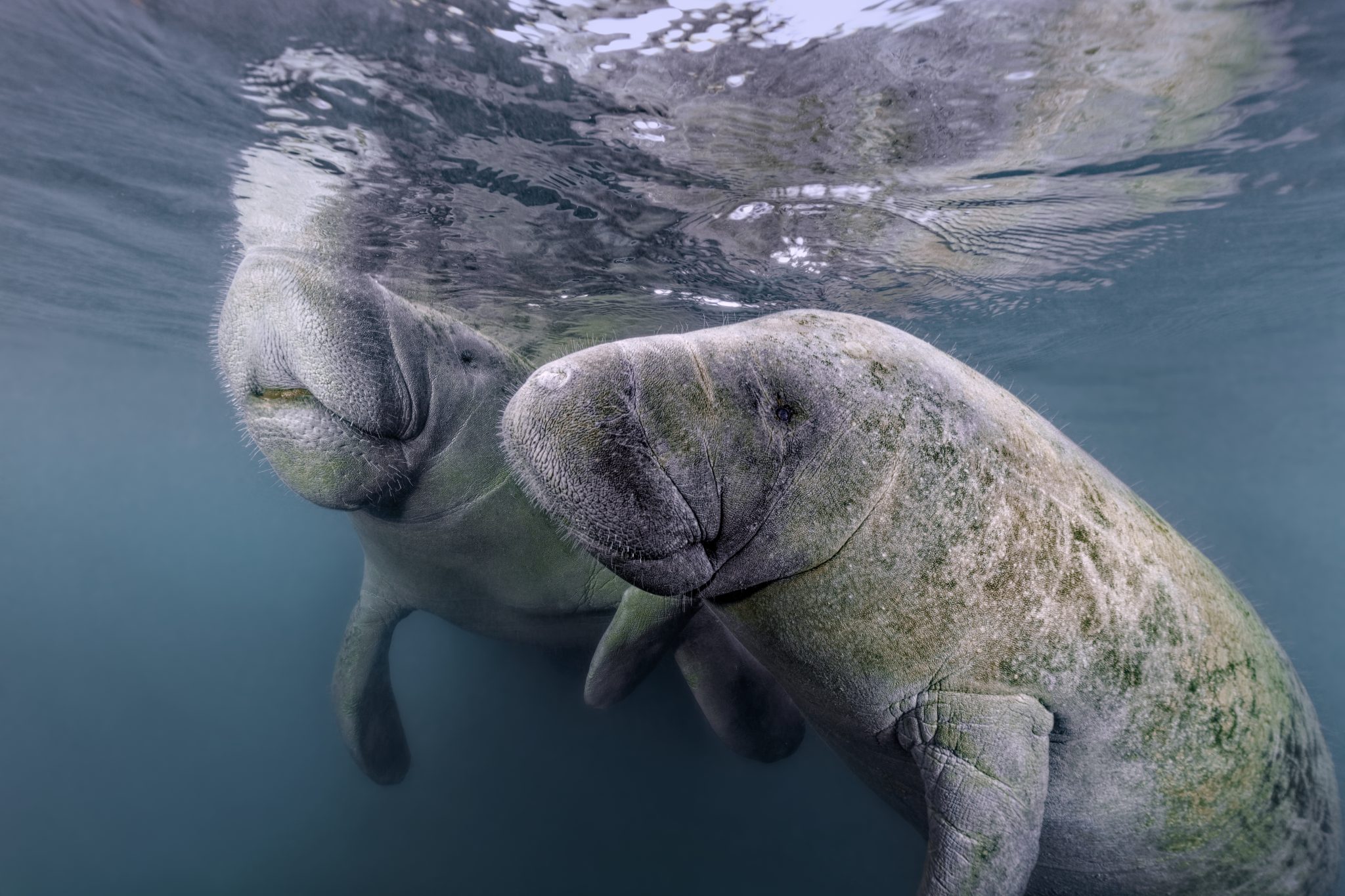
As National Safe Boating Week approaches, Save the Manatee® Club is urging boaters, and anyone that enjoys Florida’s waterways, to respect and protect the defenseless manatees that inhabit our shared waterways. From May 18 to 24, leading up to Memorial Day Weekend, the campaign aims to raise awareness about recreational boating safety and the importance of safeguarding imperiled manatees during the summer boating season. This week also emphasizes the importance of encouraging boaters to enroll in a boating safety course.
Manatees are semi-migratory marine mammals that are commonly found in shallow estuaries, bays, rivers, canals, and coastal areas throughout Florida and neighboring states. With some manatees venturing as far west as Texas and as far north as Massachusetts, collisions between these gentle giants and watercraft have become distressingly frequent. Boat propellers and high-speed collisions pose significant threats to manatees, often resulting in severe injuries or even death.
Save the Manatee Club is calling on all water enthusiasts to follow essential manatee safety tips to ensure the well-being of the imperiled manatee:
- Obey Speed Zone Signs: Familiarize yourself with and adhere to posted speed limits to prevent collisions with manatees.
- Reduce Glare with Polarized Sunglasses: Wear polarized sunglasses to enhance visibility and spot manatees below the water’s surface.
- Recognize Manatee Signs: Learn to identify signs of manatees in the area, such as swirls or flat spots on the water caused by their movements.
- Respect Manatee Sanctuaries: Keep a safe distance from posted manatee sanctuaries and avoid pursuing or harassing these marine mammals, as it is illegal and can disrupt their natural behaviors.
- Report Distressed Manatees: In Florida, promptly report distressed, injured, tagged, or orphaned manatees to the Florida Fish and Wildlife Conservation Commission (FWC) at 1-888-404-FWCC (3922). Outside of Florida, report sightings to the appropriate state agency or rescue organization. A list of agencies to contact is available at savethemanatee.org/report.
- Protect Seagrass Beds: Avoid boating over seagrass beds and shallow areas where manatees may be feeding. Stick to deep water channels while remaining vigilant, as manatees also utilize these channels during their travels.
- Dispose of Fishing Line Responsibly: Anglers should properly dispose of or recycle used fishing line to prevent entanglement hazards for manatees.
“Each year, National Safe Boating Week provides an excellent reminder for all of us to be aware that we share our waterways with vulnerable manatees,” emphasized Patrick Rose, Aquatic Biologist and Executive Director of Save the Manatee Club. “With the recent Unusual Mortality Event on Florida’s East Coast claiming an alarming number of manatees’ lives, it is more crucial than ever to prevent preventable deaths caused by watercraft collisions. By following manatee-safe boating guidelines, such as obeying speed zones and remaining vigilant for manatees, everyone on the water can contribute to the protection of these gentle giants.”
Save the Manatee Club offers a range of free materials to help safeguard manatees and raise awareness about manatee-safe boating practices. Shoreline property owners and park or marina managers can order aluminum dock signs to alert others about the presence of manatees in their areas. Boaters and paddlers can request packets containing a safety tips card, a waterproof boat banner, and a decal to display on their vessels, providing the number to report manatees in distress. To view and request these materials, visit savethemanatee.org/resources. Save the Manatee Club will also be hosting a live webinar for National Safe Boating Week on Tuesday, May 21st at 6pm EST. To register, visit savethemanatee.org/register.
Marine Life & Conservation Blogs
Book Review: Shells of the World

Shells of the World: A Natural History by M.G. Harasewych
Shells of the world is a guide to the world of marine, shelled molluscs. And what a varied and interesting world it is. Some of my favourite things to find on a dive are detailed in this book, including disco clams (or Electric File Clams as they are correctly names), the cephalopods, giant clams and sea hares. There are also many on my wish list, top of which is the Nautilus.
Each chapter provides a detailed description of the species, along with beautiful images. You can dive deeper and discover where they live, both with global distribution and the habitat they prefer. Learn about their diet, reproduction and diversity.
Having dipped in and out of this lovely book over the past few weeks, it has inspired me to learn more about this group of animals that we see on most divers, wherever we are in the world. Some of the shells are incredibly intricate and beautiful. I have always agreed with never collecting, or touching, marine life. The description of a certain set of cone shells should be a warning to those that are happy to pick up marine life! One of the cone shells has a local name called the cigarette snail. Why? Because once the venom is in your system from this animal, you only have time to smoke one cigarette before the affects of the venom are fatal!
What the publisher says:
Mollusks are invertebrate animals with a remarkable natural history and a rich fossil record, and their shells are prized for their breathtaking variety and exquisite beauty. Shells of the World provides a wide-ranging look at the incredible diversity of marine mollusks. An informative introduction outlines the lineages covered, followed by a directory section, split into classes, that profiles a broad selection of different taxa to give a sense of their sheer numbers and variety.
- Features hundreds of beautiful color photos, depicting both the live animals and their shells
- Discusses mollusk evolution, anatomy, life cycles, behavior, and ecology
- Describes unique characteristics, distribution, habitat, and size
- Provides valuable insights into the conservation of the world’s marine mollusks
- Ideal for malacologists and shell collectors everywhere
About the Author:
M. G. Harasewych is research zoologist emeritus and former curator in the Department of Invertebrate Zoology at the Smithsonian Institution’s National Museum of Natural History. A fellow of the American Association for the Advancement of Science, he is the author (with Fabio Moretzsohn) of The Book of Shells: A Life-Size Guide to Identifying and Classifying Six Hundred Seashells.
Book Details
Publisher: Princeton University Press
Hardcover
Price: £25
ISBN: 9780691248271
Published: 9th April, 2024
-

 Marine Life & Conservation Blogs3 months ago
Marine Life & Conservation Blogs3 months agoCreature Feature: Swell Sharks
-

 Gear Reviews4 weeks ago
Gear Reviews4 weeks agoGEAR REVIEW – Revolutionising Diving Comfort: The Sharkskin T2 Chillproof Suit
-

 Blogs2 months ago
Blogs2 months agoMurex Resorts: Passport to Paradise!
-

 Blogs3 months ago
Blogs3 months agoDiver Discovering Whale Skeletons Beneath Ice Judged World’s Best Underwater Photograph
-

 News3 months ago
News3 months agoPADI Teams Up with Wellness Brand Neuro to Drive Ocean Change and Create a Blue State of Mind
-

 Gear Reviews3 months ago
Gear Reviews3 months agoGear Review: Oceanic+ Dive Housing for iPhone
-

 Marine Life & Conservation2 months ago
Marine Life & Conservation2 months agoSave the Manatee Club launches brand new webcams at Silver Springs State Park, Florida
-

 Blogs2 months ago
Blogs2 months agoSeagrass Awareness Month brings critical food source for Manatees to centre stage


